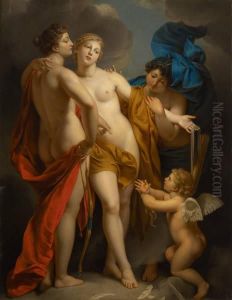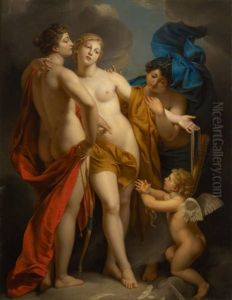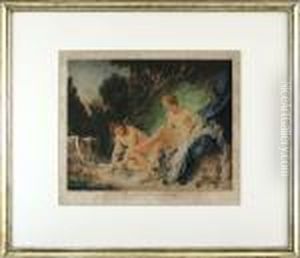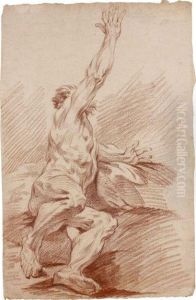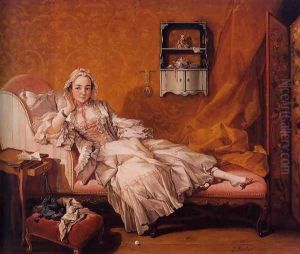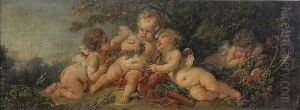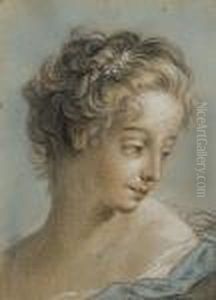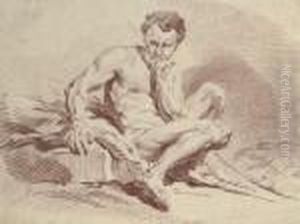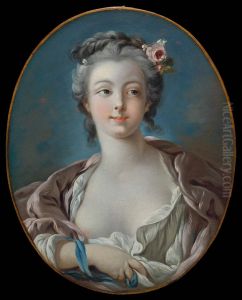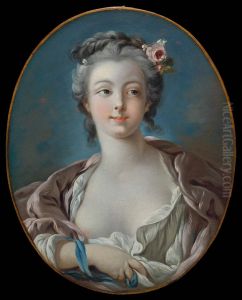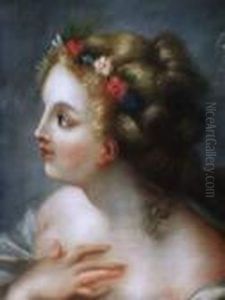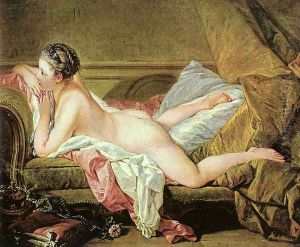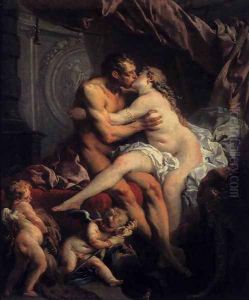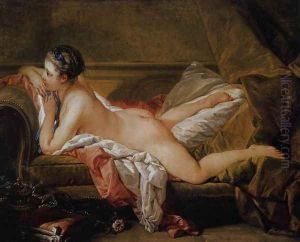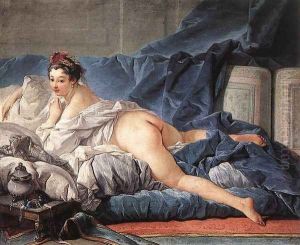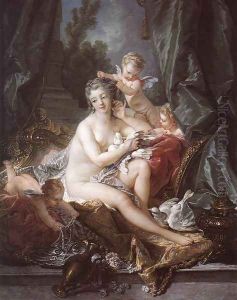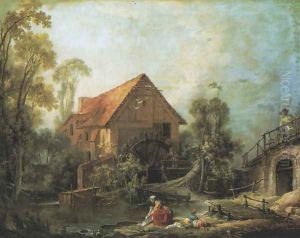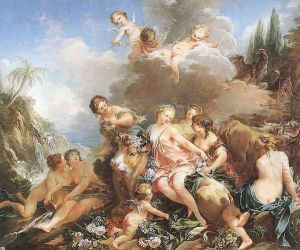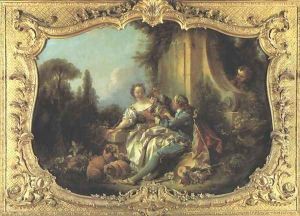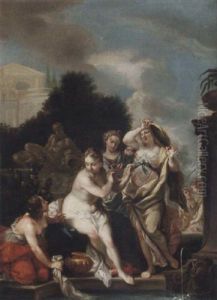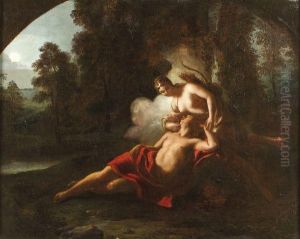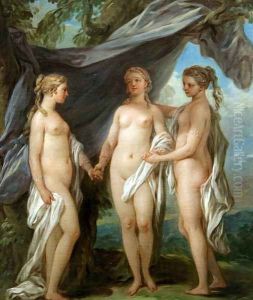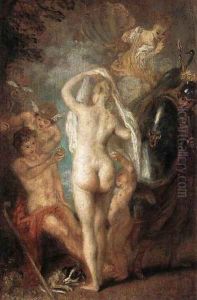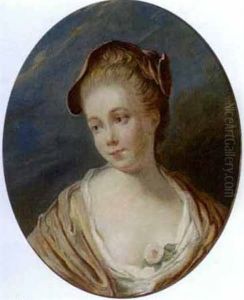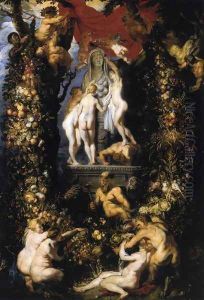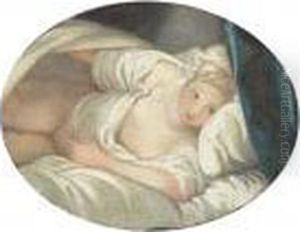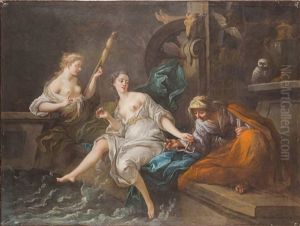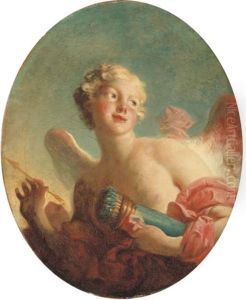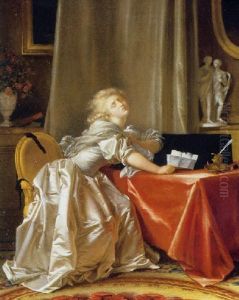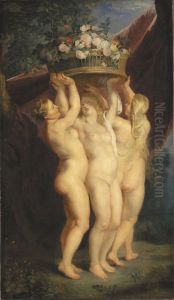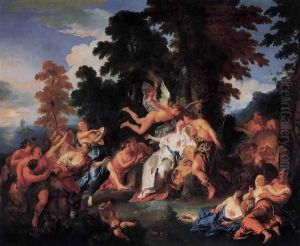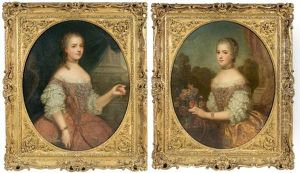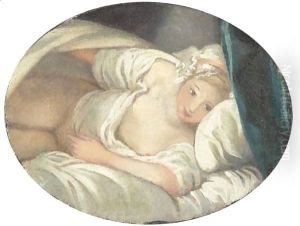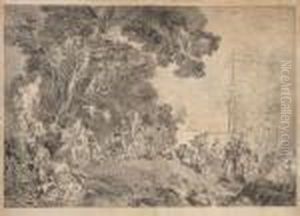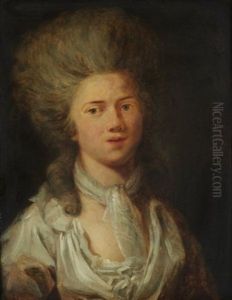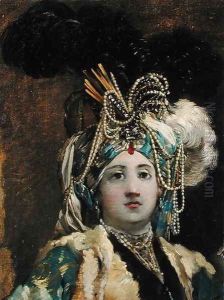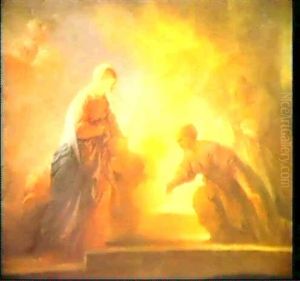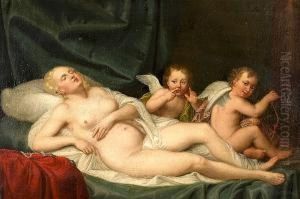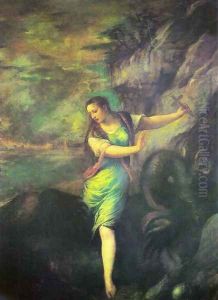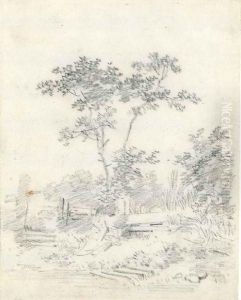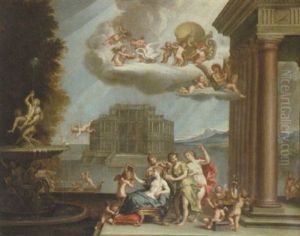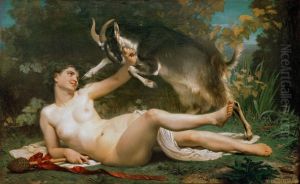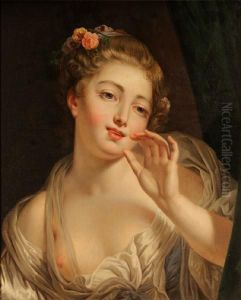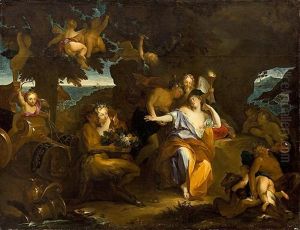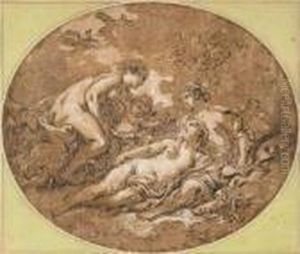





Les Trois Graces Et L'amour
-
About Reproduction
Bring the timeless beauty of Francois Boucher's Les Trois Graces Et L'amour into your home with a handmade oil painting reproduction. Carefully recreated on canvas by skilled artists using traditional techniques, this piece captures the delicate brushwork, subtle light, and vibrant color of the original masterpiece. With museum-level quality and rich texture, it brings elegance and artistic depth to any space. Enjoy free shipping and make this masterpiece a part of your personal collection.
-
Original Description
François Boucher’s Les Trois Graces et l'Amour (The Three Graces and Cupid) is a vibrant celebration of Rococo elegance and mythological charm. Painted in the mid-18th century, the work exemplifies Boucher’s signature style—luxuriant curves, soft pastel hues, and a playful sensuality. The composition depicts the Three Graces, figures from classical mythology representing beauty, charm, and creativity, alongside a mischievous Cupid, their delicate forms intertwined amidst billowing drapery and idyllic foliage. Bathed in golden light, the scene radiates warmth and frivolity, embodying the aristocratic taste and hedonistic spirit of Louis XV’s France. As a leading artist of the Rococo movement, Boucher’s work reflects the era’s obsession with ornamentation and fantasy, bridging the grandeur of Baroque and the emerging Neoclassicism. Today, this painting is cherished as a quintessential example of 18th-century French art, showcasing Boucher’s mastery in blending myth with decorative allure.
For a tasteful interior display, Les Trois Graces et l'Amour would elevate a space with its refined Rococo charm. Ideal for a bedroom, dressing room, or formal sitting area, the painting’s soft pinks, blues, and creamy golds harmonize beautifully with pastel palettes or gilded accents. Consider a classic French-style frame to enhance its period authenticity, or opt for a minimalist design to balance its opulence in contemporary settings. Since the original is moderately sized (approximately 90 x 70 cm), a high-quality reproduction scaled to a similar proportion ensures visual impact without overwhelming the space. Pair it with antique furniture, crystal chandeliers, or floral textiles for a cohesive look, or let it stand as a bold contrast against modern, neutral backdrops. Its romantic energy also makes it a striking focal point in spaces meant for relaxation or creative inspiration.
-
Lead Time & Shipping
When you order this oil painting replica, it typically takes 2-3 weeks to paint. If the artwork is more complex, it might need a little more time to ensure the best quality. Once it's ready, we'll send you a photo for your approval. After you give the green light, we'll ship it to you for free.
-
Return & Refund
We believe in the quality of our hand-painted oil painting reproductions, and your satisfaction is our priority. If for any reason, you are not completely satisfied with your purchase, we offer a 45-day return policy. You can return your artwork within 45 days of receipt and receive a full refund. Please note that the artwork must be returned in the original packaging and in the same condition as it was received.





















